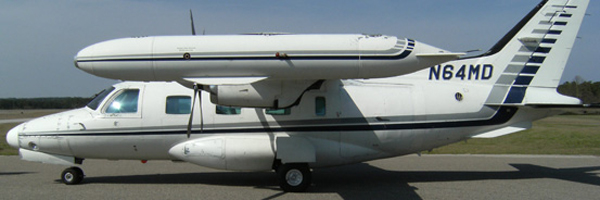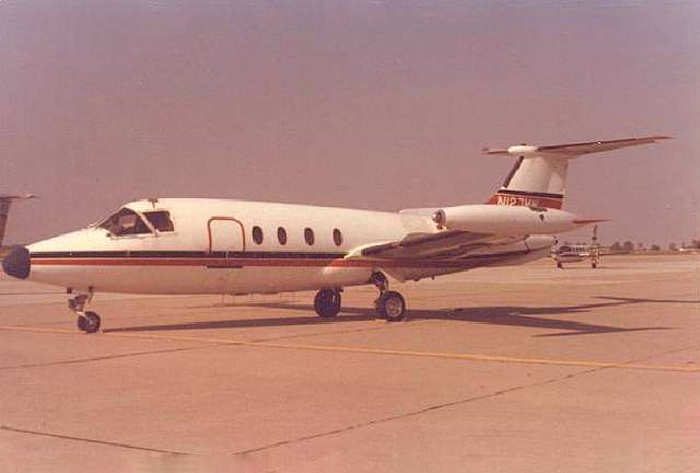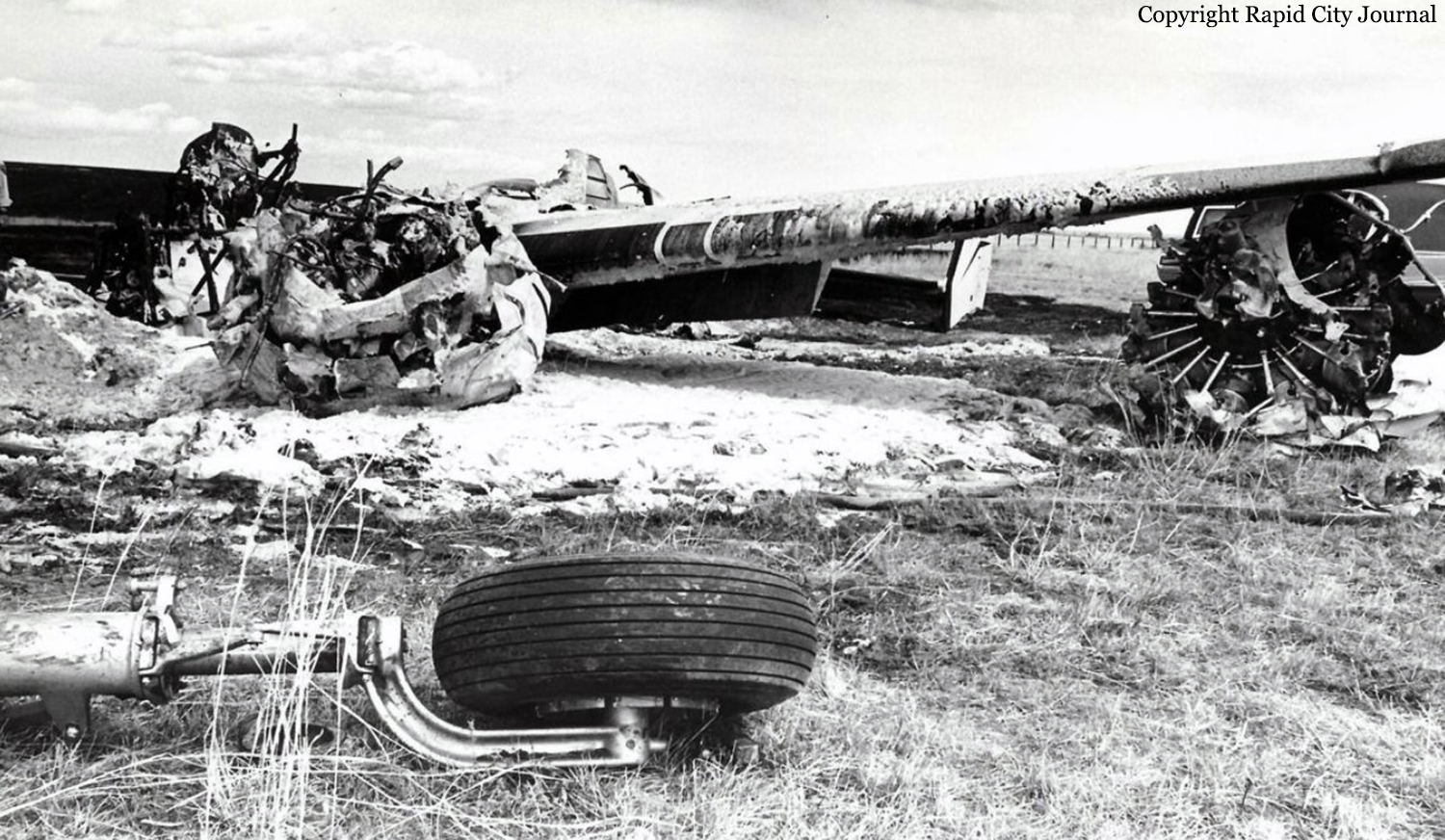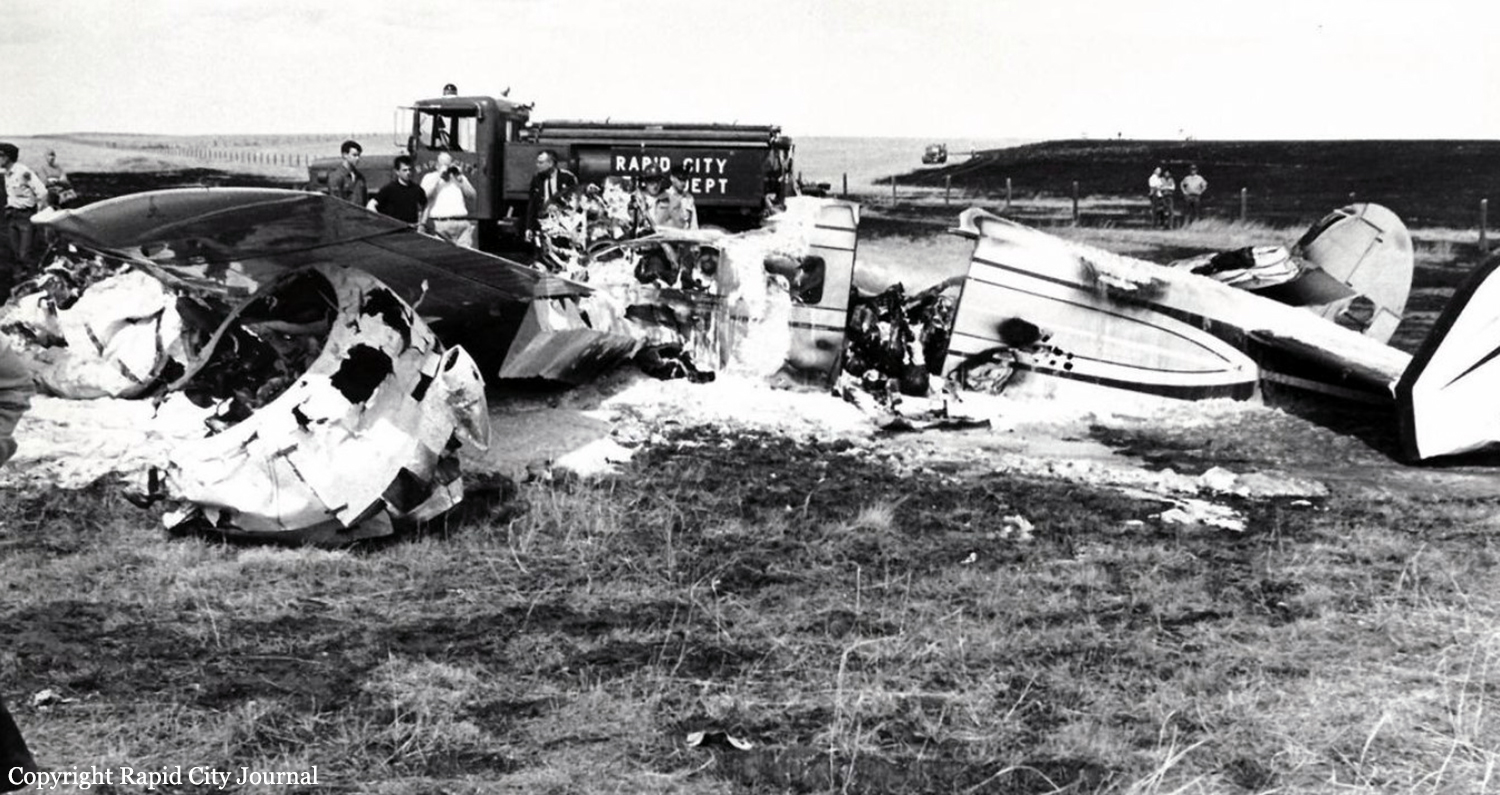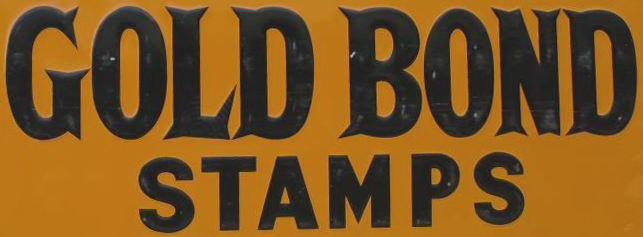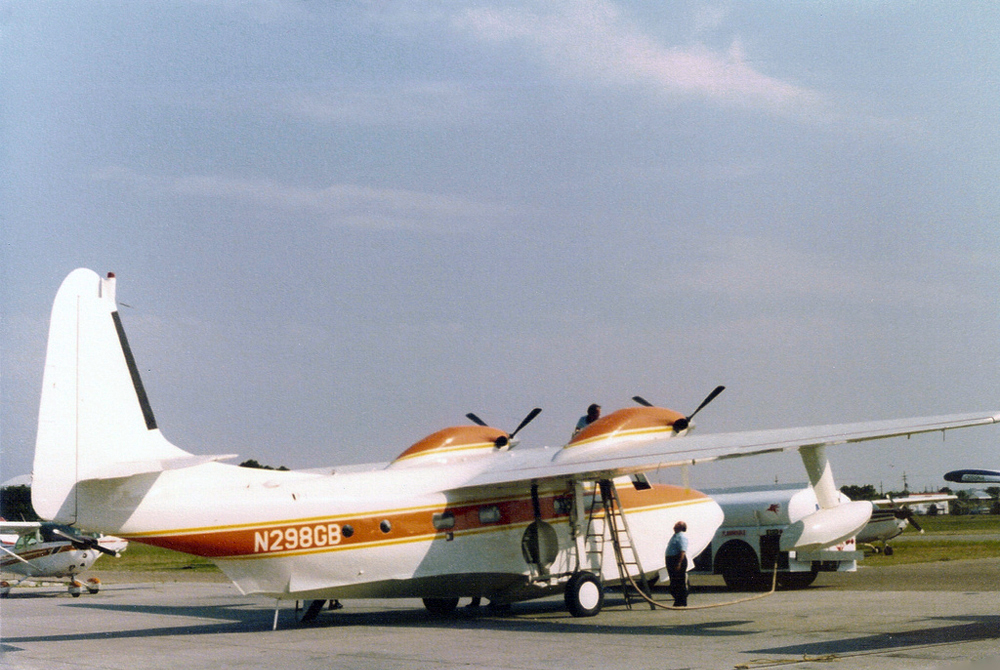Crash of a Cessna 402B in Watertown: 1 killed
Date & Time:
Dec 30, 1997 at 1817 LT
Registration:
N5087Q
Survivors:
No
Schedule:
Watertown – Marshall
MSN:
402B-0565
YOM:
1974
Crew on board:
1
Crew fatalities:
Pax on board:
0
Pax fatalities:
Other fatalities:
Total fatalities:
1
Circumstances:
The pilot landed at Watertown, loaded and off-loaded cargo, and departed without getting out of the airplane. A witness reported seeing the airplane over the runway at an altitude of about 50 feet agl. The airplane was described to be bouncing and buffeting. Another witness reported the weather as overcast with occasional snow flakes. The airplane then descended, impacted the terrain and exploded. Post accident inspection revealed a 1/2 to 3/4 inch thick ridge of rime ice along the leading edge of the left horizontal stabilizer. Pieces of arc shaped ice were located along the wreckage path. Inspection of the wreckage failed to reveal any preimpact failure/malfunction of the engine or airframe which would have prevented flight.
Probable cause:
The pilot's failure to perform an aircraft preflight and to remove the ice which had accumulated on the airframe. A factor involved in the accident was the icing weather conditions which existed and the ice which accumulated on the airplane.
Final Report:
